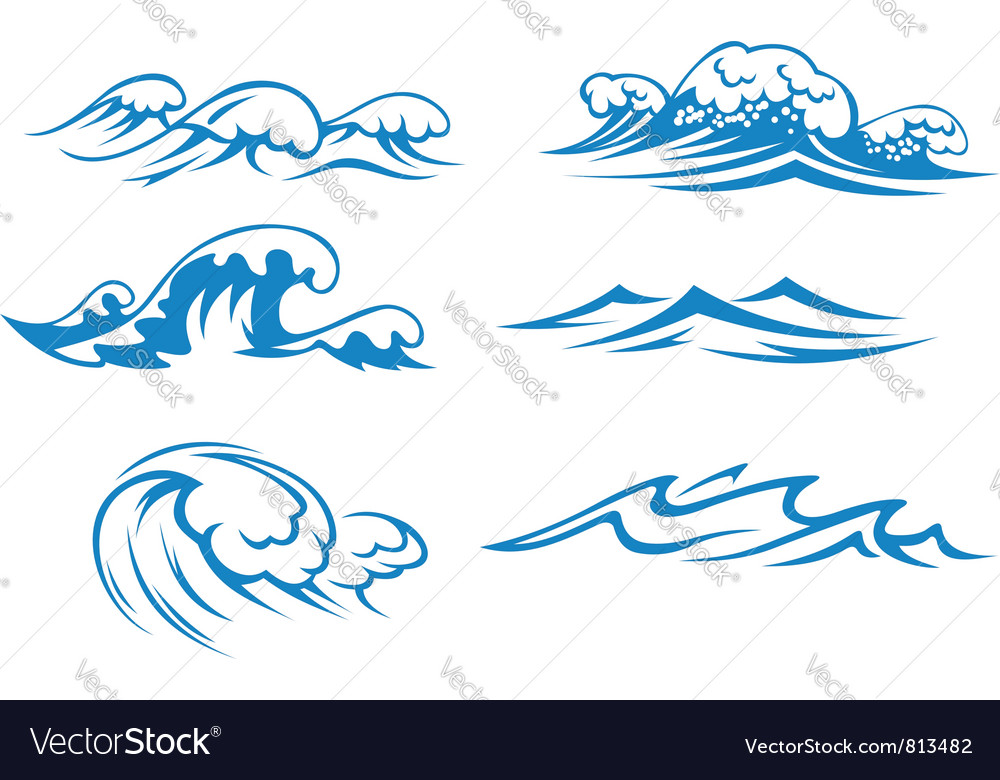
OCEAN WAVES VECTOR FULL
On the other hand when “!/4” mode is simulated, the overall classification performance is similar (" lower of 3%) than those observed with full polarimetric data, with a higher confusion for the Pinus class. The addition of polarimetric indices improves significantly the classification. The results show that for full polarimetric data, the SVM classification performance when only the elements of the polarimetric coherence matrix are involved is comparable to the Wishart classification one. In particular, it is well suited for combining numerous heterogeneous indicators such as intensity channels, polarimetric descriptors, or textural parameters. In this study, the SVM (Support Vector Machine) algorithm is used as classification method due to its ability to handle linearly non separable cases by using the kernel method. It has been shown that this mode is particularly efficient for applications dealing with distributed targets like land use classification. Focus is put on the “!/4” mode that is simulated from FP data. While they preserve some of the polarimetric information as those that would be recorded by a full polarimetric (FP) radar sensor, compact polarimetry architectures are relevant for systems constraints reduction.

This study focuses on Tubuai Island, where several ground surveys allow the validation of the different results. An AIRSAR airborne acquired fully polarimetric data in L band, in August 2000, over the main Polynesian Islands. It is shown that, when radar data do not satisfy the Wishart distribution, the SVM algorithm performs much better than the Wishart approach, when applied to an optimized set of polarimetric indicators.read more read lessĪbstract: This study comes within the framework of the global cartography and inventory of the Polynesian landscape. The results are compared to those obtained with the standard Wishart approach, for single frequency and multifrequency bands. Results have been assessed with AIRSAR polarimetric data polarimetric data acquired over a dense tropical environment. The contribution of the different polarimetric indicators is estimated through a greedy forward and backward method.

Because of its ability to take numerous and heterogeneous parameters into account, such as the various polarimetric indicators under consideration, a support vector machine (SVM) algorithm is used in the classification step. Abstract: The objective of this paper is twofold: first, to assess the potential of radar data for tropical vegetation cartography and, second, to evaluate the contribution of different polarimetric indicators that can be derived from a fully polarimetric data set.


 0 kommentar(er)
0 kommentar(er)
